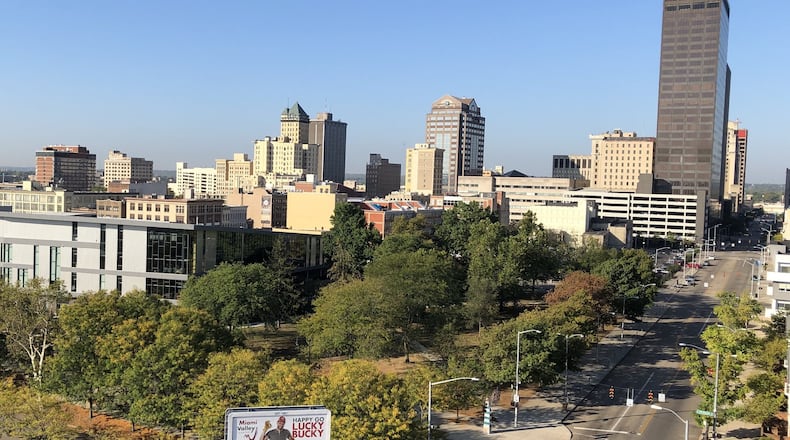Every person who is not counted will cost the Dayton region an estimated $1,814 annually in federal dollars for the next decade, said Cathy Ponitz, vice president of the CareSource Foundation.
About 26,000 people in the area are at risk of not being counted, which means local communities could lose out on more than $470 million in federal funding over 10 years, Ponitz said.
To avoid an undercount, a local initiative is trying to raise about $150,000 to pay for promotional messaging and marketing aimed at community members who are most likely not to participate. The CareSource Foundation this month contributed $30,000 to efforts to get the word out about the Census and its importance.
“We want to make sure that in Dayton, every person is counted,” said Dayton Mayor Nan Whaley. “We know we’ll need help to get that done.”
MORE: Report: Blacks, Latinos at risk of undercount in 2020 census
The Census count helps determine how much Ohio gets from Medicaid, the SNAP program (formerly food stamps), highway planning and construction funding sources, local education, the national school lunch program, state children's health insurance program and more, according to Philanthropy Ohio.
MORE: Tornadoes could impact Census count in Dayton area
But also, businesses use Census data to decide where to invest and create jobs, and the count determines Congressional representation and how many House seats states receive.
The Census identified areas that have high rates of residents who do not self-respond to surveys mailed by the Census. The Census regularly sends surveys to U.S. residents.
Significant sections of Dayton, Trotwood, Riverside and other local communities have high “low-response scores.”
In Montgomery County, about 26,000 people live in what are considered “low-count” areas, officials said, and Census tracts with the worst response scores include parts of west side Dayton neighborhoods, including Stony Ridge, Highview Hills, Pineview, Lakeview, Five Points, MacFarlane, Roosevelt and Wolf Creek.
MORE: Dayton area cities growing slowly, Census estimates show
The local funds being raised to get the word out about the Census will support outreach efforts targeted at groups and areas that could have low response rates, said Nikol Miller, chair of the Dayton-Montgomery County Complete Count Committee.
The volunteer committee is working with schools, community organizations, faith-based groups, the public housing authority, libraries and many others to increase awareness.
Demographic groups that tend to be less likely to respond to the Census include people 18 to 26, single female heads of households and renters, Miller said.
Also, immigrants may be reluctant to participate because of language barriers or distrust of sharing information with the government.
The devastating Memorial Day tornadoes also pose a challenge, because many people have been displaced and their housing and living situations are in flux. Some displaced residents may be hard to locate and may not have long-term living plans.
Nearly 1 million young children were undercounted in the 2010 Census, and Miller says locally there will be special outreach and messaging focused on counting children here.
Local faces, voices and messaging will be an important part of the complete count strategy in the county, Miller said, and the committee is partnering with local organizations to connect with tornado victims.
“I am think we’re as ready as we can be,” Miller said.
About the Author

